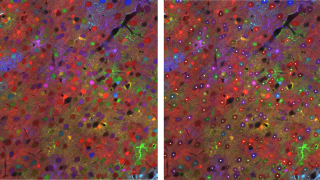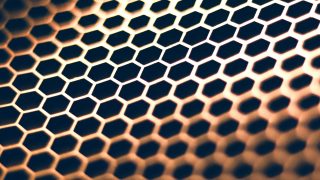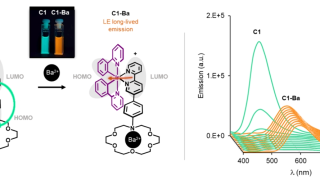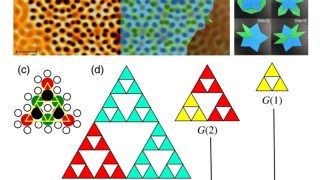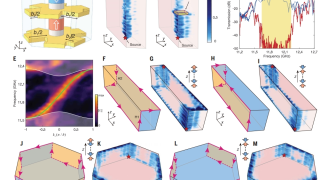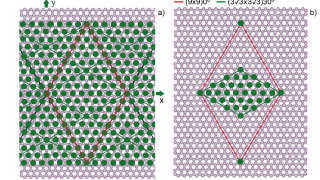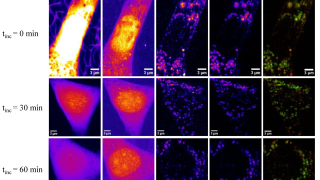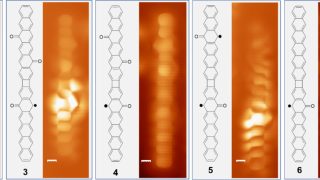
Unlocking magnetism in nanographenes: The role of oxyradicals and molecular design
Chemistry • DIPC Advanced materials • DIPC Interfaces • Materials • Nanotechnology
Nanotechnology is like a playground for scientists, where they tinker with materials at the scale of atoms to create new tools and devices with extraordinary properties. One of the most exciting areas in this field involves nanographenes, which are tiny pieces of graphene—a single layer of carbon atoms arranged in a honeycomb pattern, known for […]
